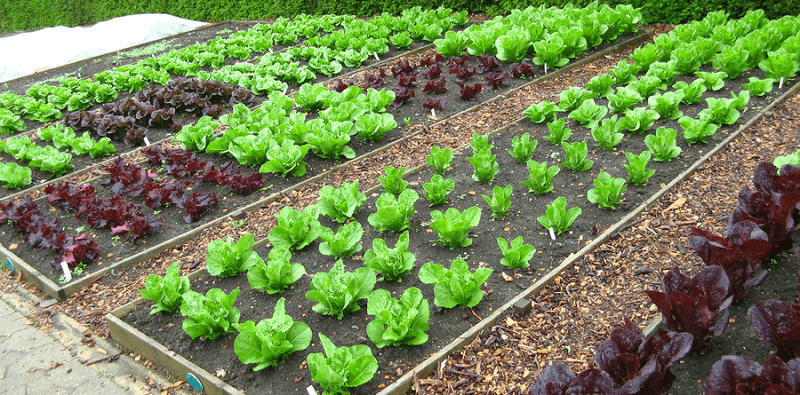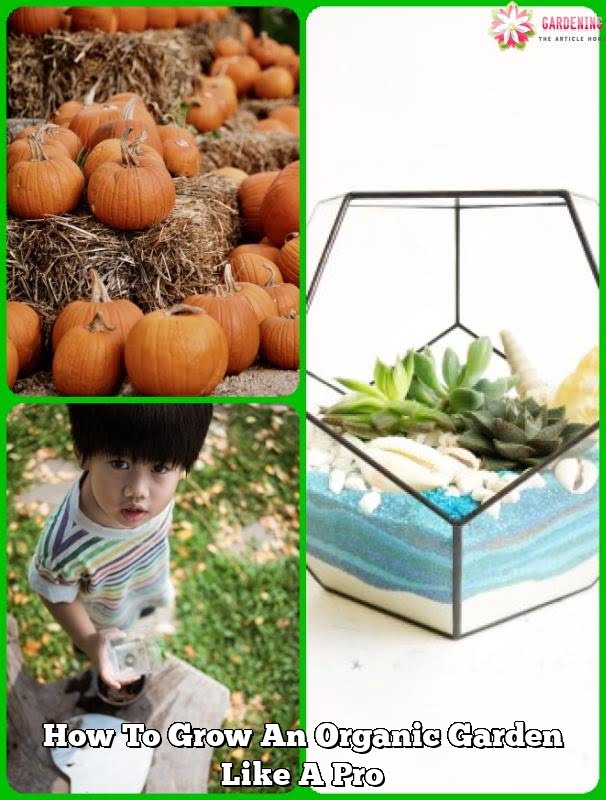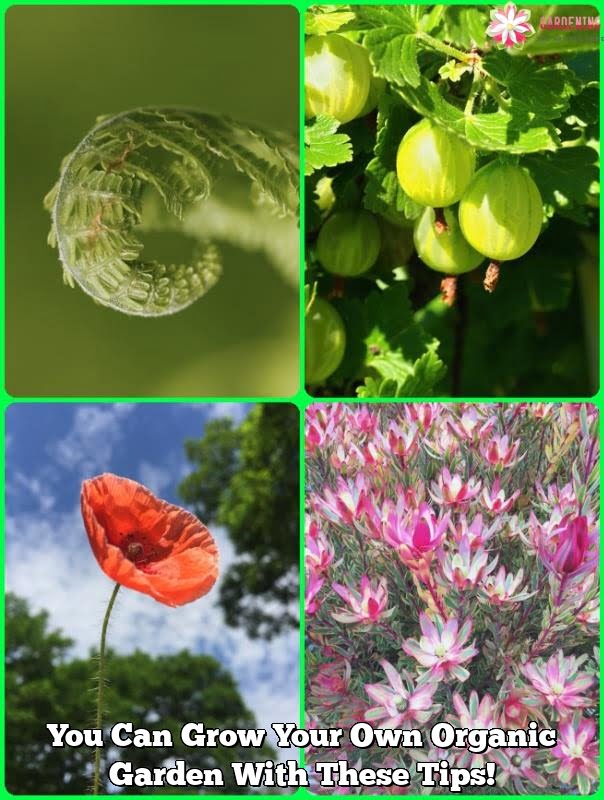
Organic produce is better than normal produce in terms of flavor and better tasting than regular produce. You could save money by growing your own produce instead of getting them from the supermarket. Read the article below to learn how you can have your very own organic garden.
Having healthy soil in your garden is your plants avoid insect pests. Healthy plants are stronger and more able to resist both pests and diseases. To give your garden the best chance of yielding the healthiest plants, make sure you begin with premium soil devoid of salt-accumulating chemicals.
Baking Soda
You do not need a costly chemical treatments for plant mildew. Mix a bit of liquid soap and baking soda in water.Spray this solution on your plants once a week until the mildew disappears. Baking soda will effectively remove the mildew without damaging your plants gently.
Pick the correct soil in order to get the best results. You can also make an artificial plot with only one kind of soil.
If you are going to be doing some gardening, be wary of stink bugs in your garden, especially in the fall! Stink bugs like to eat beans, peppers, and pepper plants, and various varieties of fruits. If you don’t take care of them, they can do great damage to your plants, so keep an eye out for them.
Plant bulbs if you want flowers through spring and summer flowers. Different bulbs bloom at various times, so choosing appropriately, you can have blooms from early spring to late summer.
Don’t mow your grass down by the soil when you run the mower. If your grass has more height, the roots grow further into the ground, making your lawn stronger. Short grass is more prone to getting dried out and dead grass.
Most vegetables that can be grown need that much sun to grow rapidly and successfully. This is also rings true for some flowers.
Deciduous shrubs need to be protected. Tie the tops tightly together, and place a blanket over it. This method works better than covering your bushes in plastic, because it will allow air to circulate.
Knee Pads
Get some gardening knee pads if you have low-growing plants. Having a good pair of excellent knee pads for gardening can help cushion the knees to provide additional comfort.
If your gardening plans include pea plantings, begin the plantings inside instead of outside. The seeds will have a better in your home if you start them indoors.The seedling may also be hardier, which means they can resist pests and diseases better. You will be able to transfer the seedlings outside after they are sturdy enough.
Your children will enjoy the experience of working with you in the organic gardening endeavors. A garden can be a great learning experience for your children, and will give you an opportunity to bond with them while you produce healthy food.
It is important to protect your knees protected as you are horticulture. Many people can not bend over for long periods of time when standing up. Kneeling is a preferred way to get to your plants without causing back stress. Use a pad so that your knees from possible pain.
Take the time when planting seeds. You should start by adding moisture to the soil.Seeds should be buried about three times the seed size. Some seeds should not want to bury because they require light in order to grow.
Put coffee grounds on the soil. Coffee has a lot of the essential nutrients that plants need.
Space is very important when planting an organic garden. You will most likely underestimate how much space the plants need as they begin to grow. Plan your garden carefully and put an appropriate amount of distance between seeds.
Fill it with beer almost entirely. The scent of the beer helps attract slugs and they will become trapped.
Treated Wood
Create a raised bed for your garden out of stone, brick or untreated wood.Choose wood that is resistant to rot and does not contain any chemicals. Some good choices include locust, cedar, and cypress. In a veggie garden, avoid using treated wood to enclose or demarcate different sections of your vegetable garden. If your existing garden structure contains treated wood, line it with some plastic and replace the soil near it.
While organic horticulture costs more and requires more effort, the rewards are much better. While chemical pesticides and fertilizers may claim to do great things for your garden, the organic method is far healthier for you and everyone you share your food with.
Adjust your watering to the season and current climate.For example, if you live in a warm, you should not water the leaves because it will encourage leaf fungus.
Know exactly what varieties of plants you want to put in your organic garden. Different variations of a certain flower or vegetable need different types of environments. For example, some varieties of roses will thrive in a particular home garden, be sure to check that they will do well in your particular environment. Make sure you find varieties that fit into your gardening situation.
Even though insects will be present, your plants will not be affected as much as before.
Some plants benefit from being re-potted, while others won’t do nearly as well. To check which plants need to be re-potted, gently remove the plant from its container. If only a few roots are showing, or you can’t see them at all, then the plant doesn’t need a new pot.
There are several kinds of annuals that grow better in the colder temperatures. These plants can become a bit leggy and need to be trimmed if they are growing too much during these months. Annuals that do best in cool weather include snapdragons, snapdragons and dianthus.
The veggies will decay quickly and provide nutrients into your plants. Some may be used for compost, but using some of the waste immediately can be beneficial.
Stop wasting your money on inferior fruits and vegetables from the supermarket. Use these suggestions listed here to produce fruit and veggies.

Welcome to my blog about home and family. This blog is a place where I will share my thoughts, ideas, and experiences related to these important topics. I am a stay-at-home mom with two young children. I hope you enjoy reading it! and may find some helpful tips and ideas that will make your home and family life even better!




